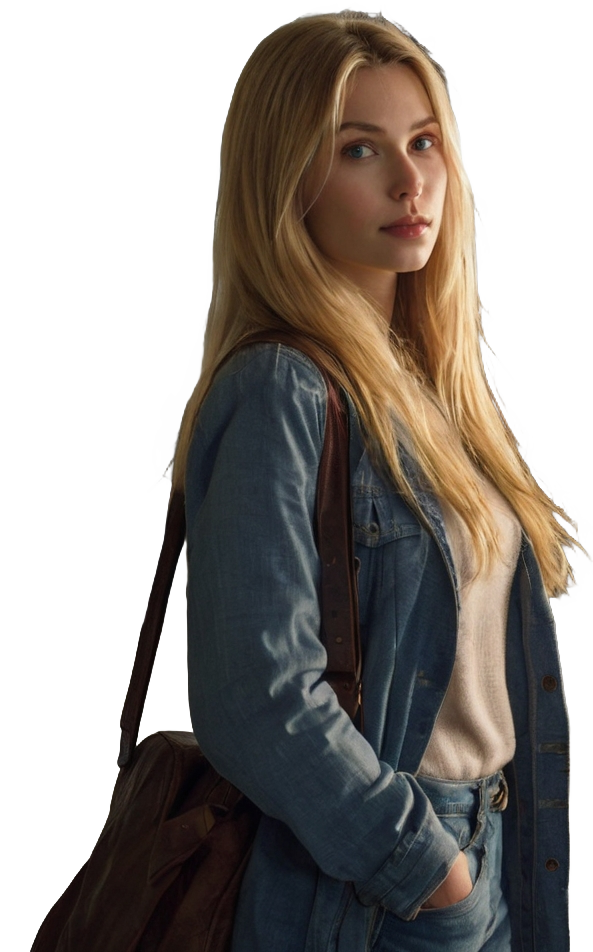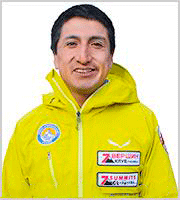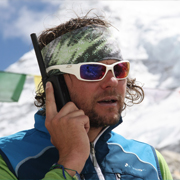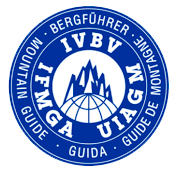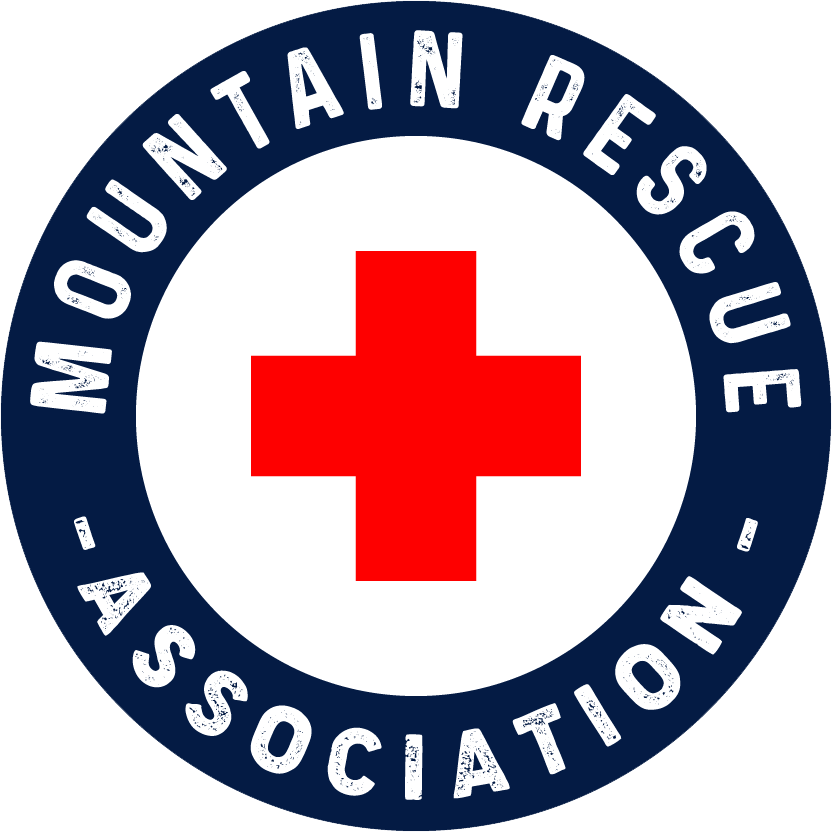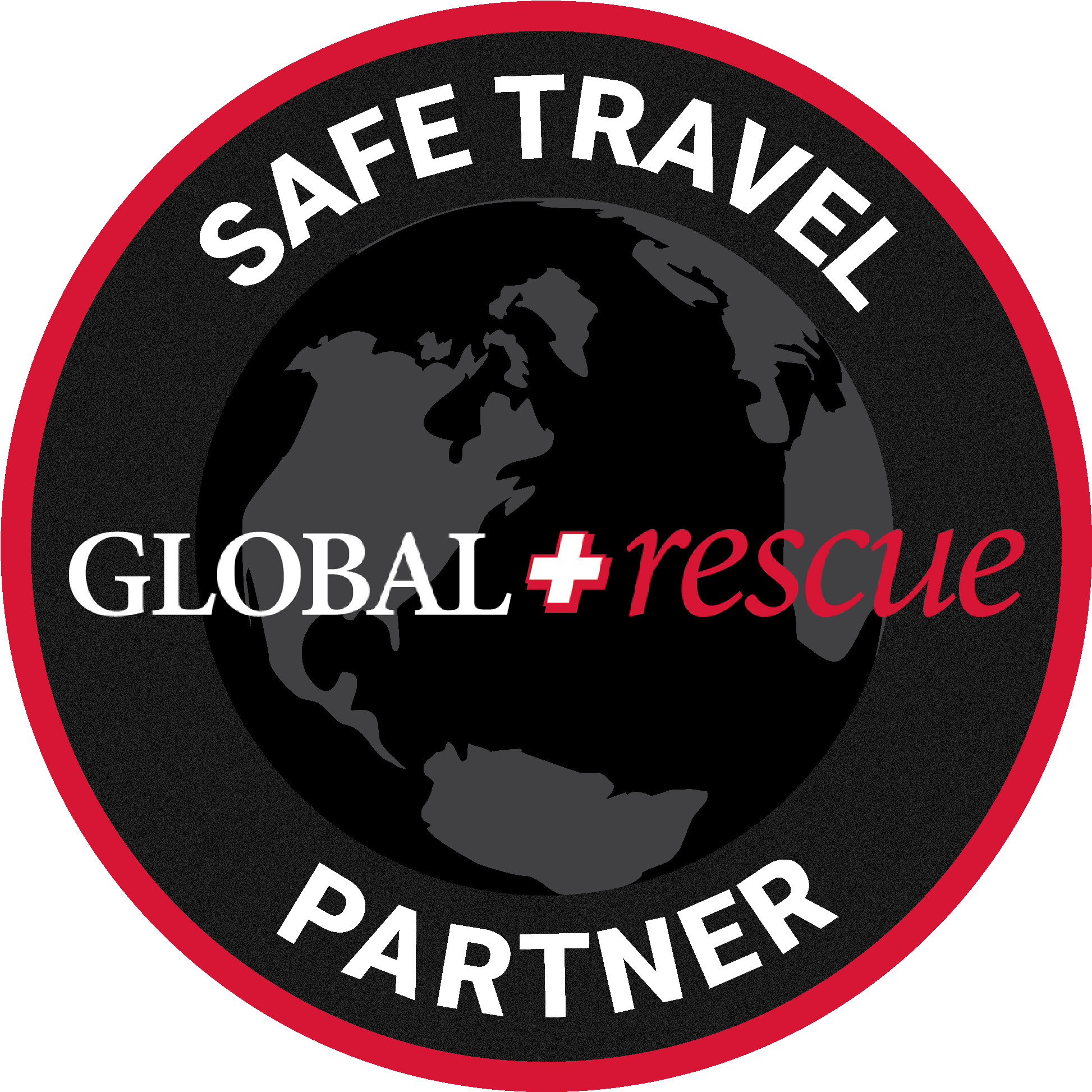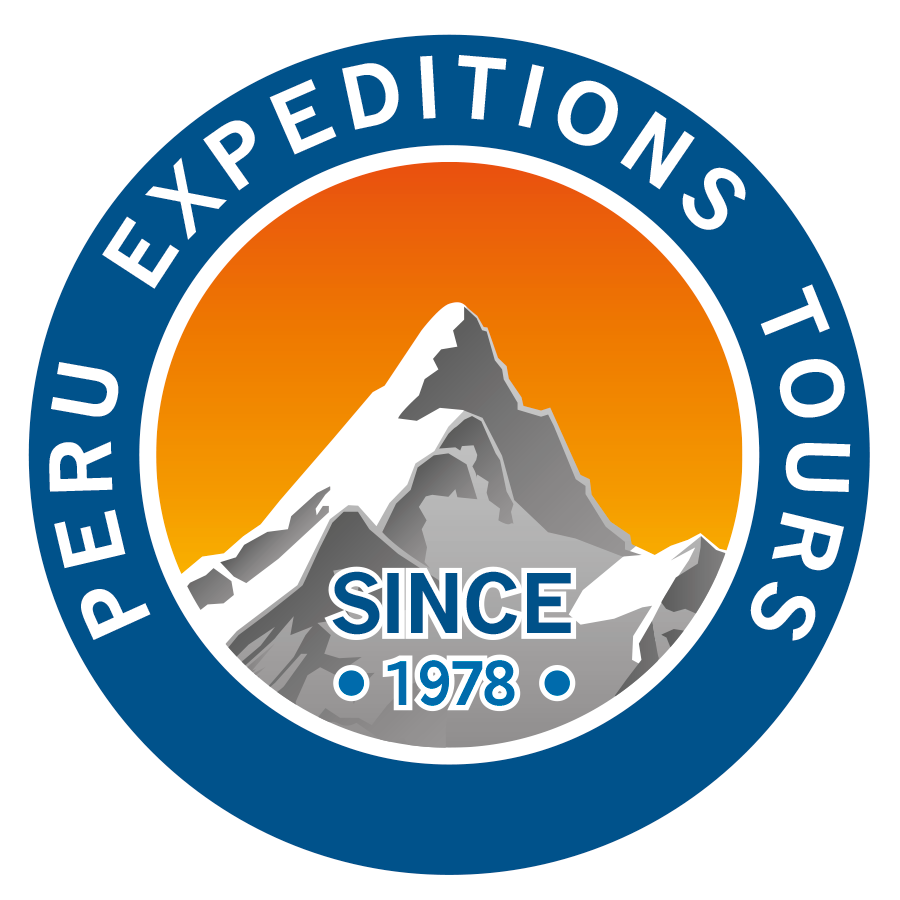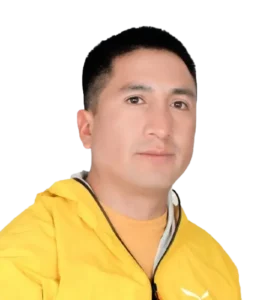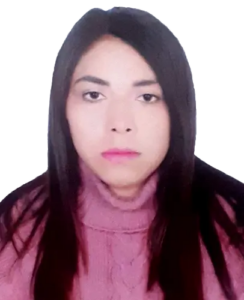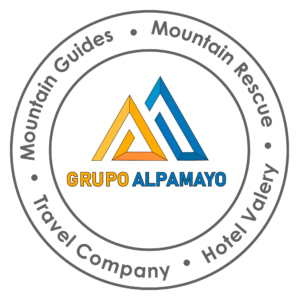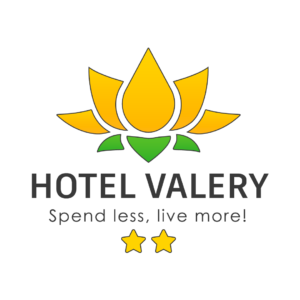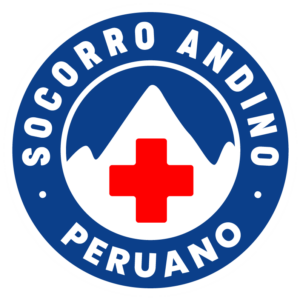 3 Locking carabiners, we recommended per person
3 Locking carabiners, we recommended per person
 We recommend 2 ice screws for each client
We recommend 2 ice screws for each client
 1 Daisy Chain (Life Line) per each person
1 Daisy Chain (Life Line) per each person
 2 Ice axes (per person) technical, we recommended GRIVEL company
2 Ice axes (per person) technical, we recommended GRIVEL company
 1 ATC descender (Rappel), this is very necessary for technical mountains
1 ATC descender (Rappel), this is very necessary for technical mountains
 2 Cords for prusik, very important (Size Cord 6 mm x 10 m. long)
2 Cords for prusik, very important (Size Cord 6 mm x 10 m. long)
 Gloves(Good gloves) for expeditions over 6000meters
Gloves(Good gloves) for expeditions over 6000meters
 Harness for climbing
Harness for climbing
 Sleeping pad / Mattress, we recommend with air or inflatable mattress
Sleeping pad / Mattress, we recommend with air or inflatable mattress
 Crampons, we recommended GRIVEL company
Crampons, we recommended GRIVEL company
 Walking sticks – Trekking Poles (optional), a pair per person, we recommended GRIVEL company
Walking sticks – Trekking Poles (optional), a pair per person, we recommended GRIVEL company
 Down Jacket for expedition
Down Jacket for expedition
 Very important to have personal clothing such as pants and jacket with GOROTEX certification
Very important to have personal clothing such as pants and jacket with GOROTEX certification
 First aid kit, for high mountains, because we as guides cannot medicate clients
First aid kit, for high mountains, because we as guides cannot medicate clients
 Backpack Capacity 60 liters, it is better to have a bigger backpack to go comfortably to the high camps, because here you have to carry all your personal things
Backpack Capacity 60 liters, it is better to have a bigger backpack to go comfortably to the high camps, because here you have to carry all your personal things
 Gaiters or Leggings, now modern boots already have built-in (Incorporated), but better to have an extra pair
Gaiters or Leggings, now modern boots already have built-in (Incorporated), but better to have an extra pair
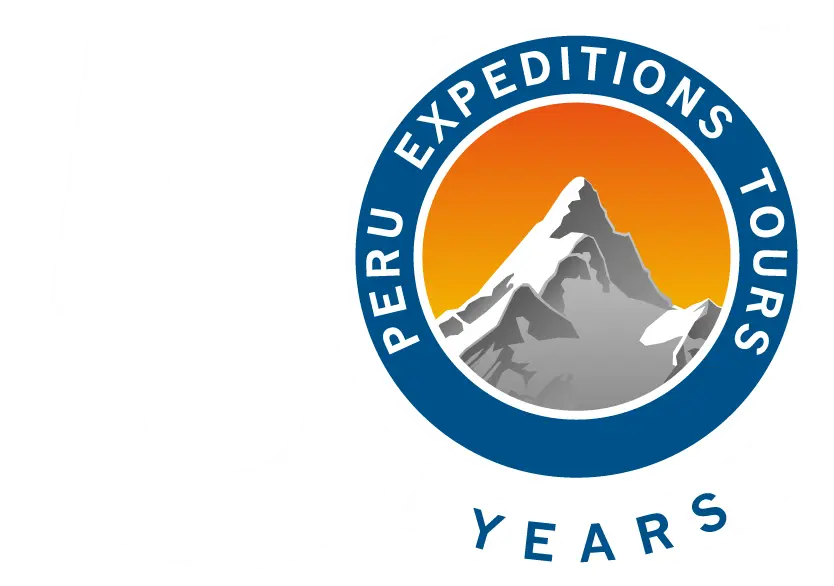
 Condition
Condition
